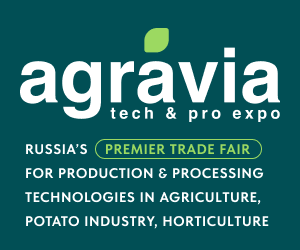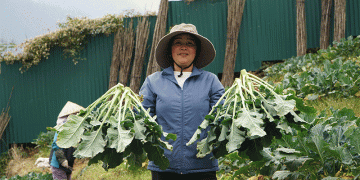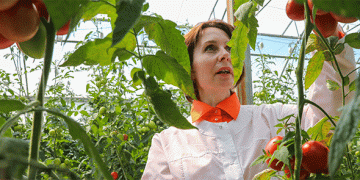It may be true that you can’t fool Mother Nature.
But when it comes to sorting machinery for the produce industry, you can get the better of her.
And that’s what counts when it comes to striving to achieve as close to perfection as possible in fresh-cut produce sorting and cleaning technology around the world.
In 2010, management at Salinas, Calif.-based Western Harvesting made the decision to move toward automatic sorting for the company’s farm-fresh leaf products. Wanting technology that would meet their specific needs, they turned to BEST, a Belgian company that custom designs, develops and markets sorting machinery.
“BEST has never built the same machine twice because we have never found two identical production lines,” said Bjorn Thumas, BEST North American sales manager. “The company always comes up with a sorting machine that fits the exact sorting needs of every customer.”
“By removing the defects before they reach the process line, we felt that our products would be safer, cleaner and our efficiencies would improve,” said Winston Crouse, Western Harvesting operations manager.
BEST’s ability to combine technolgies was the selling point for Western, which chose to install a BEST HELIUS 1200 mm sorter in its King City plant. Forty-eight inches wide, it can sort spring mix at rates up to 5,000 pounds per hour, and spinach at up to 8,000 pounds per hour. Last season, Western doubled its capacity by adding a second sorter.
In addition to on-site training, Western staff including Crouse participated in BEST-provided instruction in Denver, where BEST now has a complete manufacturing facility. Mike Parise, BEST’s sales representative in California, went along with Crouse to Belgium for the training.
“That made the training very effective for me, as both of us were working together with BEST staff to help us improve our lines,” Crouse said.
They even advance shipped what Crouse described as “some very challenging defects” to put the new equipment to the test.
“It obtains very high sorting efficiencies, along with very low false reject levels,” Crouse said.
The equipment’s free-fall laser principle permits front and rear inspection as the product passes the laser scan zone. In addition, its vertical inspection system allows the sorter to function for multiple shifts without getting dirty – that’s as opposed to belt-driven systems that use top and bottom optics and which Crouse said were difficult to keep clean and resulted in performance loss on these specific applications.
And Western’s goal of delivering a cleaner sorted product has also paid off at the processing plant. He said the sorters’ ability to remove mud and soil-covered leaf has resulted in a significant reduction in wash system bio loads, and a corresponding drop in chemical and water usage. Customer complaints about foreign objects have decreased by up to 98 percent.
“Applications include removal of all types of foreign objects and discolorations from lettuce and spinach – even from multicolor lettuce mixes such as spring mix, including very high efficiencies on the ever-difficult small tip burn and insects,” Crouse said.
Removing more of the defects before the process line has also enabled Western to grow into new markets that would have been closed to them in the past, Crouse said. Thumas noted that the equipment is just as effective with other types of produce.
“We are able to sort different types of lettuce, going from iceberg, chopped and shredded, to romaine, spring mix, watercress, rocket salad, etc.,” Thumas said. “We are also sorting different kinds of fresh and processed fruit and vegetables like blueberries, cherries, apple wedges, banana and jalapeno peppers, etc.
“The dense object finder and special technology combination for fresh cut sorting are a very good asset to reach perfection. Mother Nature is unpredictable and every sorting challenge is a different one. We try to work together with the customer to find the best quality with a high yield.”





























